AVIATION
The aviation industry has been grappling with uncertainty, but it has invested in changes that will further transform the passenger experience. In the coming years, airports will continue to invest in core infrastructure, new technologies, resilience strategies, and “front door” experiences. These public-facing spaces in and around airports can generate new revenue sources and serve as their own destinations, much like town centers.
Clay Lacy Aviation, Costa Mesa, Calif.
01
Airports are focused on a carbon-neutral footprint for the future.
Social awareness on climate change will push airports to aggressively push for responsible solutions. This extends well beyond LEED certification. Facilities will look to wind, geothermal, and solar power to not only reduce carbon emissions at airports, but to create self-sustaining facilities that do not rely on the grid for power. New carbon-neutral and sustainability goals will allow airports to set industry standards.
02
Airports will become more like town centers to generate new sources of revenue.
The idea of diversified revenue generation is moving toward the front door of the airport, with airports considering how their landside spaces can encourage non-travelers to come to the airport. This includes using adjacent land to create public space, such as public parks, mixed-use facilities, or amphitheaters. This is the concept of airports as town centers, and it’s gaining momentum and will become the norm.
03
Growth opportunities for airports are through more efficient use of existing space, rather than adding capacity.
Airports are not feeling the need to add gates to increase capacity. Rather, the trend is to increase capacity by looking holistically at a better passenger experience in the terminal. While that may mean growing holdroom areas, it can also involve the better use of space by using technology to give confidence that passengers will smoothly get from landside to airside.
04
To support future growth, airports will invest in core infrastructure.
Airports will invest heavily in the core infrastructure within the terminals, such as upgraded electrical and information technology (IT) to support future growth. This is important as the industry shifts to a completely touchless process that includes biometric technologies to help speed up the check-in, screening, and customs processes. Local laws will require terminals to self-generate certain amounts of power. As part of its Terminal Modernization Program, Pittsburgh International Airport has established a first-of-its-kind on-site microgrid using solar and natural gas to fully power the airport terminals, airfield, and additional buildings.
05
The new focus for airports will be for on-the-ground experiences.
In lieu of using available funds on building new airspace and gate capacity, airports will focus on the ground experience, such as additional transit systems. Rail can be a connectivity point, with public transit systems designed to address door-to-door mobility from home to the airport. Integrating those different modes into a single location and providing smooth connections between them will drive a better passenger experience.
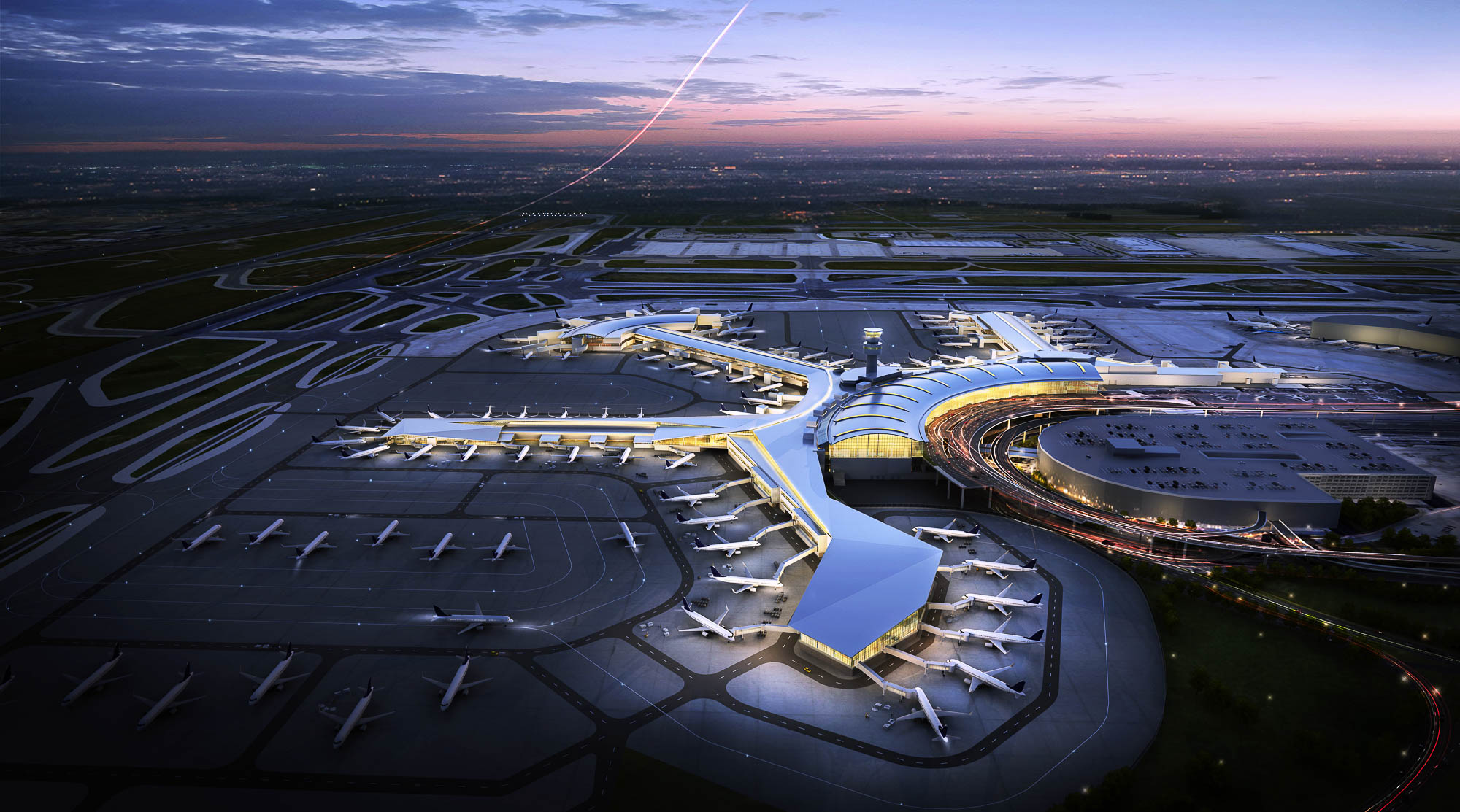
Toronto Pearson International Airport
Terminal 1 Redevelopment & Expansion Programme, Mississauga, Canada
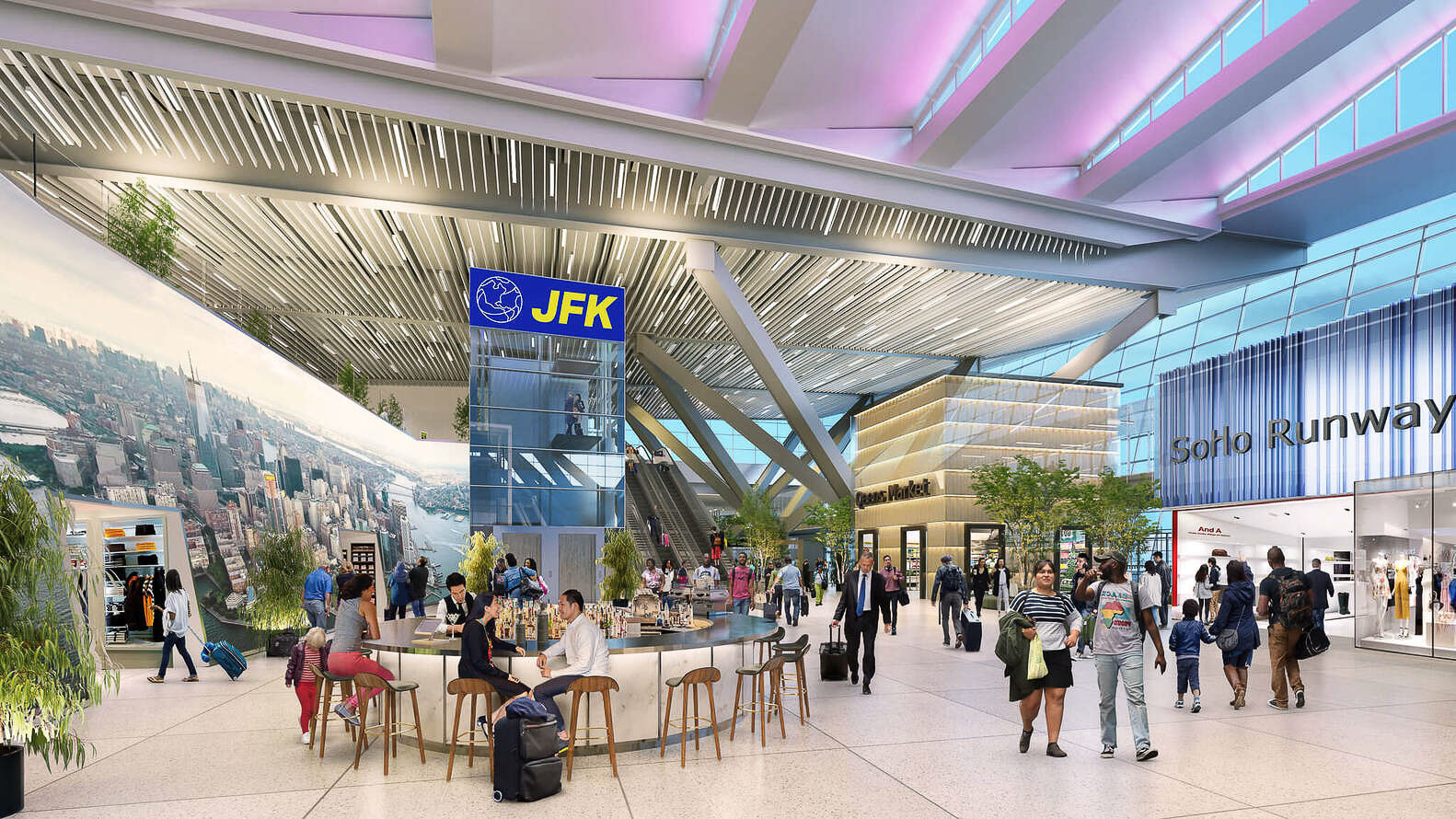
JFK Terminal 1 Redevelopment, New York
“The airport will no longer be solely a place for coming and going, but a community hub where people come to interact and gather — a new town square in the heart of the airport.”
—“Reimagining the Airport as the New Town Square,” Dialogue blog
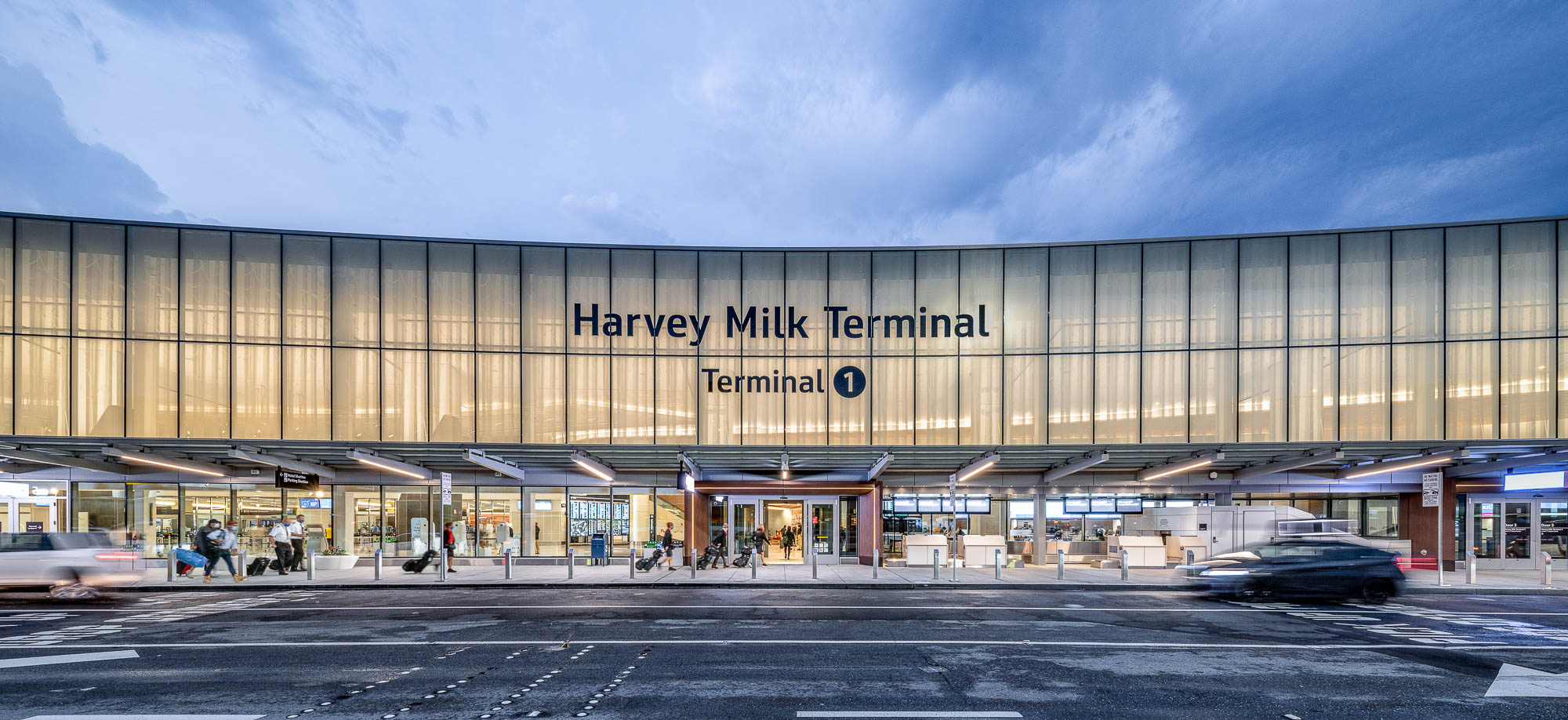
San Francisco International Airport T1 Expansion, San Francisco
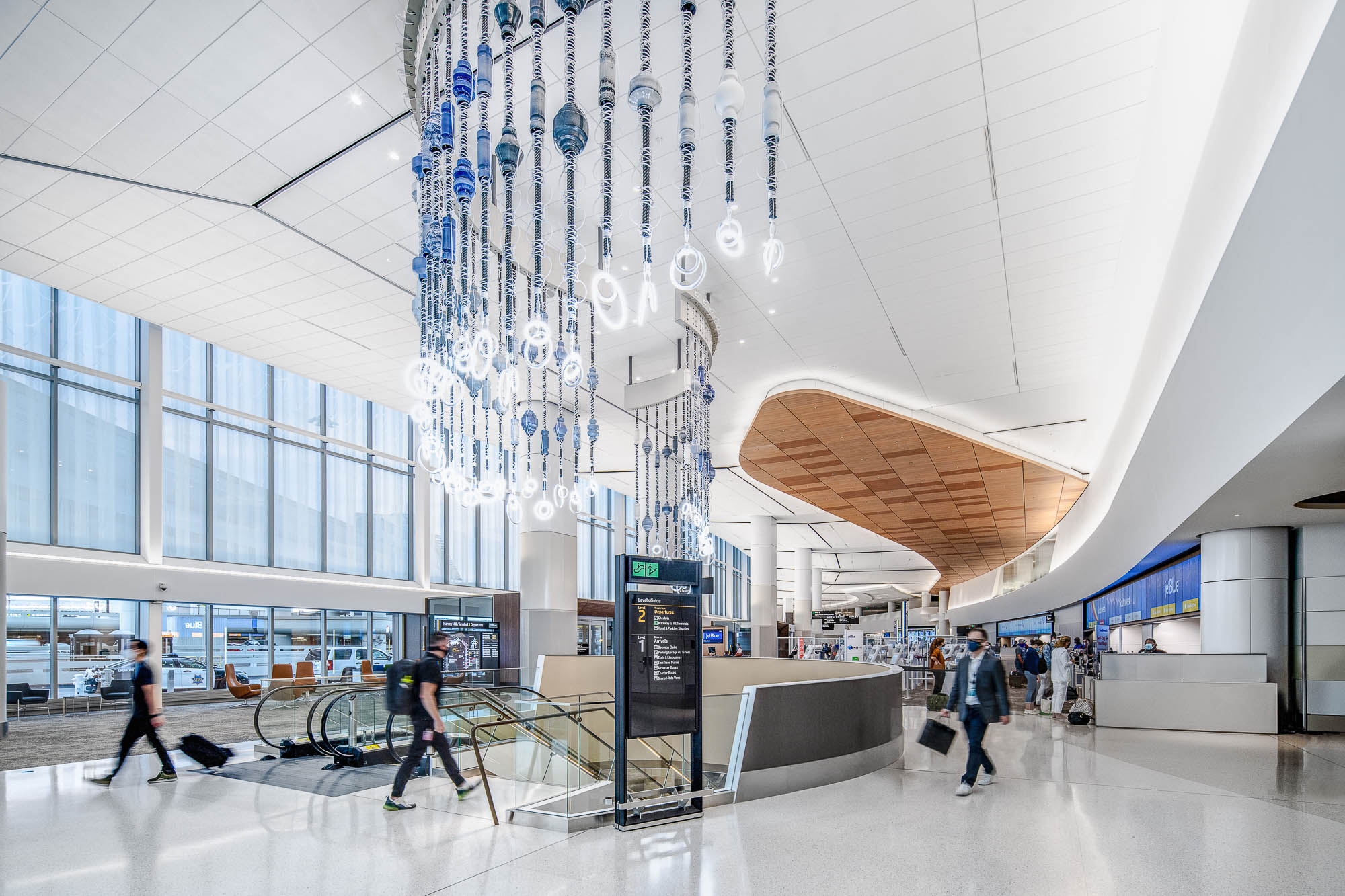
San Francisco International Airport T1 Expansion, San Francisco
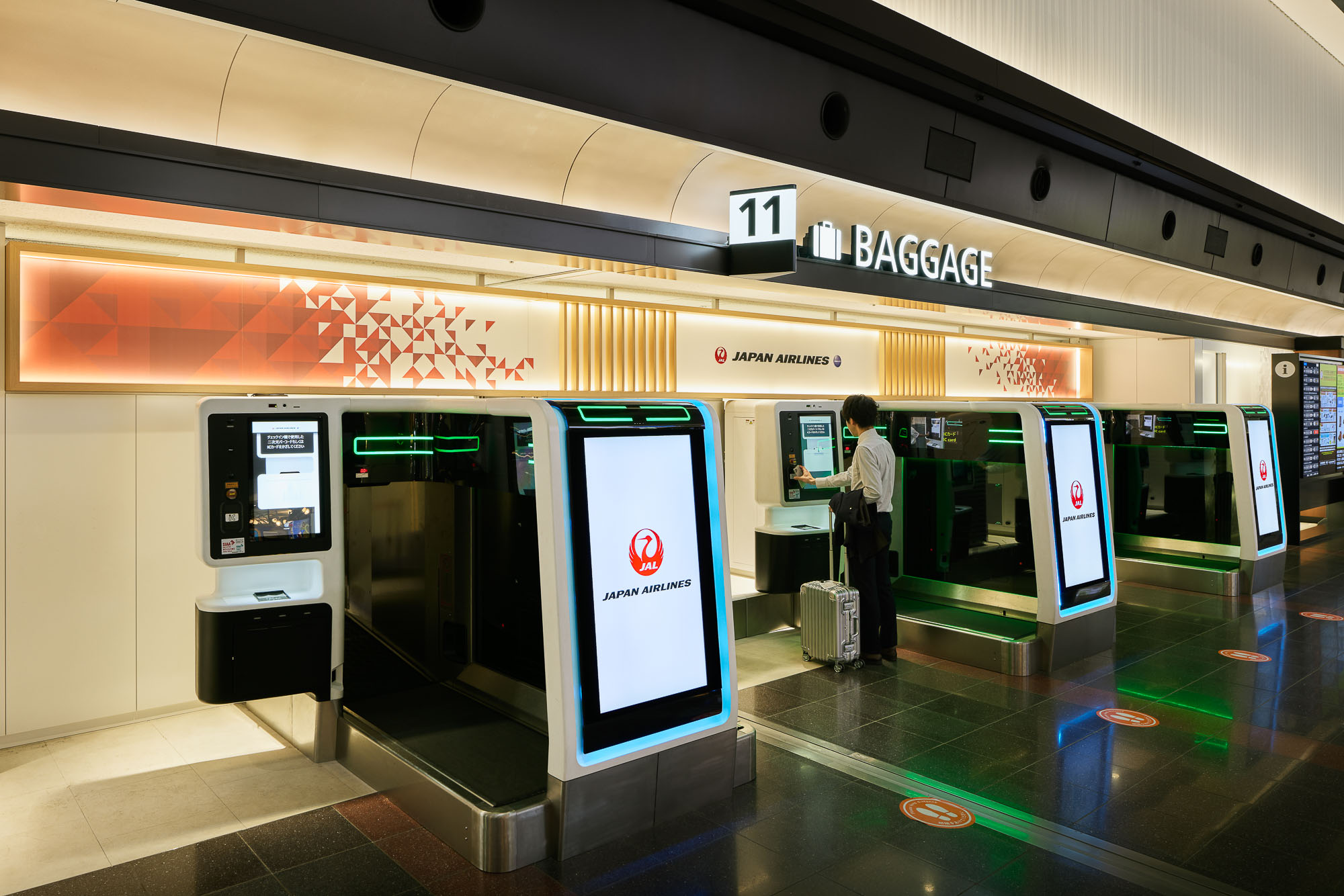
JAL Check-in Area, Haneda Airport, Tokyo
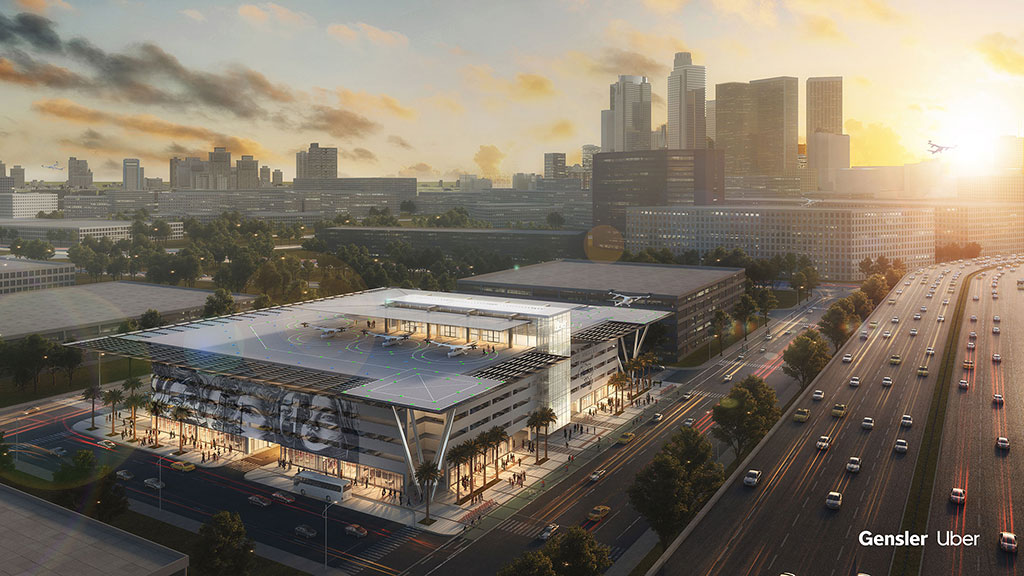
How eVTOLs Could Create a More Inclusive, Sustainable Future for Mobility
Advanced air mobility could have transformative effects on the way we live, creating an inclusive and sustainable future of mobility for all.
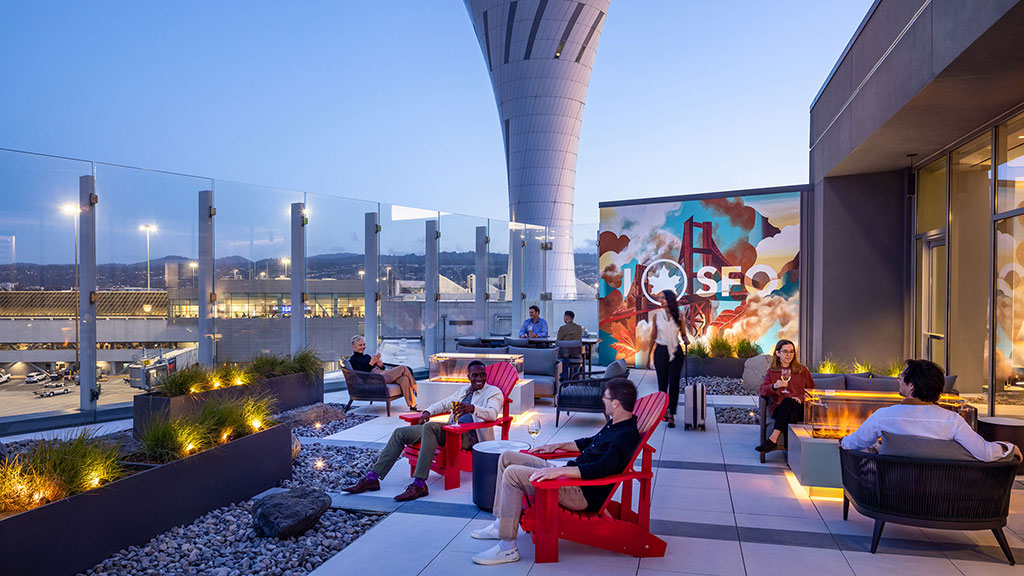
Elevating the Retail Experience: 4 Lessons From Airport Lounge Design
Here are four design insights from airport lounge environments that retailers can use to elevate retail consumer environments and experiences.

Gensler Voices: Gabriela Alvergue on The Skills To Succeed in Design
Gabriela Alvergue, a designer for Gensler Chicago, shares her career journey in design from early influences to her favorite projects.
Domestic travel demand is estimated to reach 93% of the pre-pandemic level in 2022 — an improvement of 20 percentage points from 2021.
—Reuters
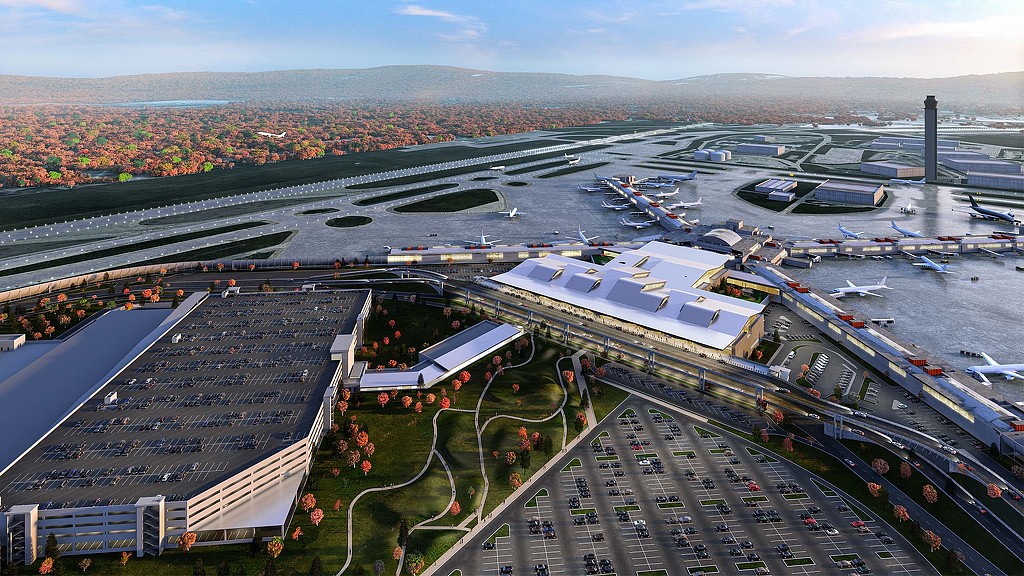
Pittsburgh International Airport
Pittsburgh, Pennsylvania
Pittsburgh International Airport's update follows a design philosophy that combines nature, technology, and community as a nod to Pittsburgh's location.
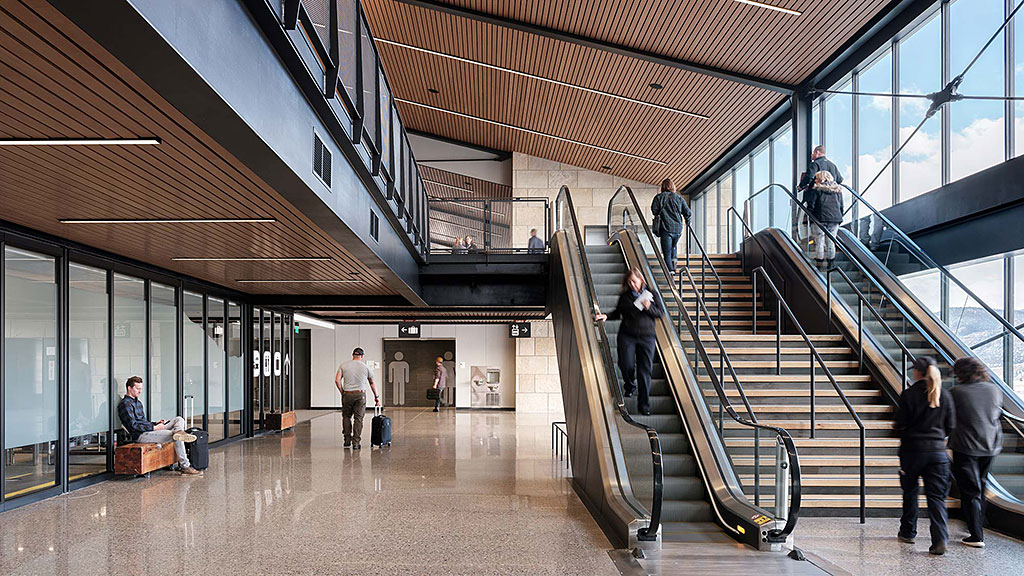
Eagle County Regional Airport
Gypsum, Colorado
The Eagle County Regional Airport's existing concourse experiences significant crowding, especially during the peak winter season, so Gensler’s design team was challenged with resolving hold room sizing issues to accommodate both current and future enplanements and improve the overall passenger experience.
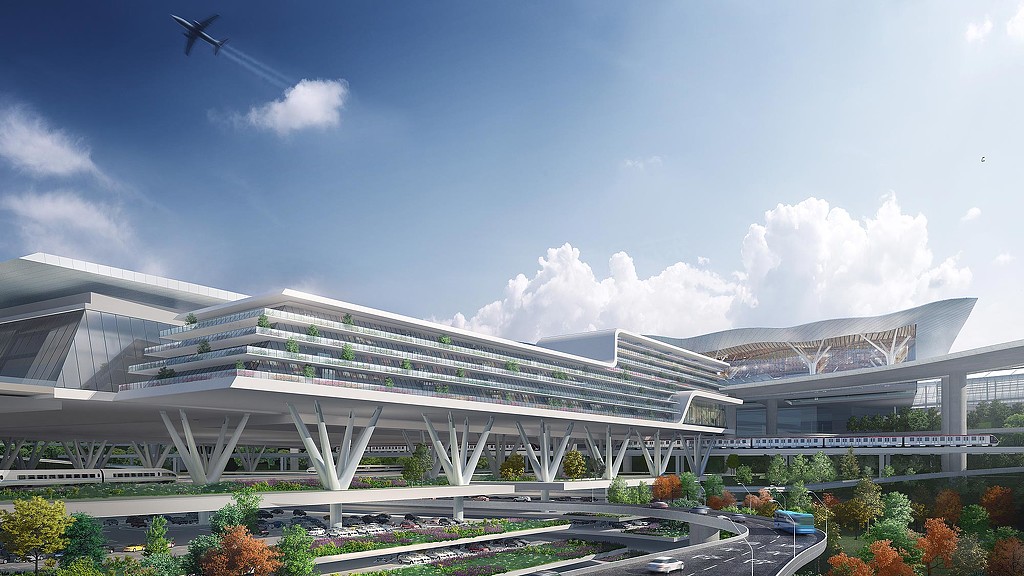
Kunming Changshui Airport
Kunming, China
Kunming Transport Ecosystem, a 17 million-square-foot transit-oriented mega complex, features two hotels, a bus terminal, a high-speed rail station, two subway stations, and a regional rail station that connects the region to the world’s air routes.

Tim Hudson
Aviation Leader, Principal
As an Aviation Leader, Tim brings more than 25 years of experience in the planning, design, and delivery of regional, hub, and international airport terminal projects. He has led...

Tim Sullivan
Aviation Leader, Studio Director, Principal
Tim Sullivan is a Studio Director and Principal based in Gensler’s Los Angeles office. He has over 30 years of experience in managing complex, large-scale projects and...

Jennifer Cardinal
Design Director
Jennifer is a Design Director in Gensler’s Los Angeles office and experienced interior architect with a passion for design. She holds a successful 24-year track record of taking...
